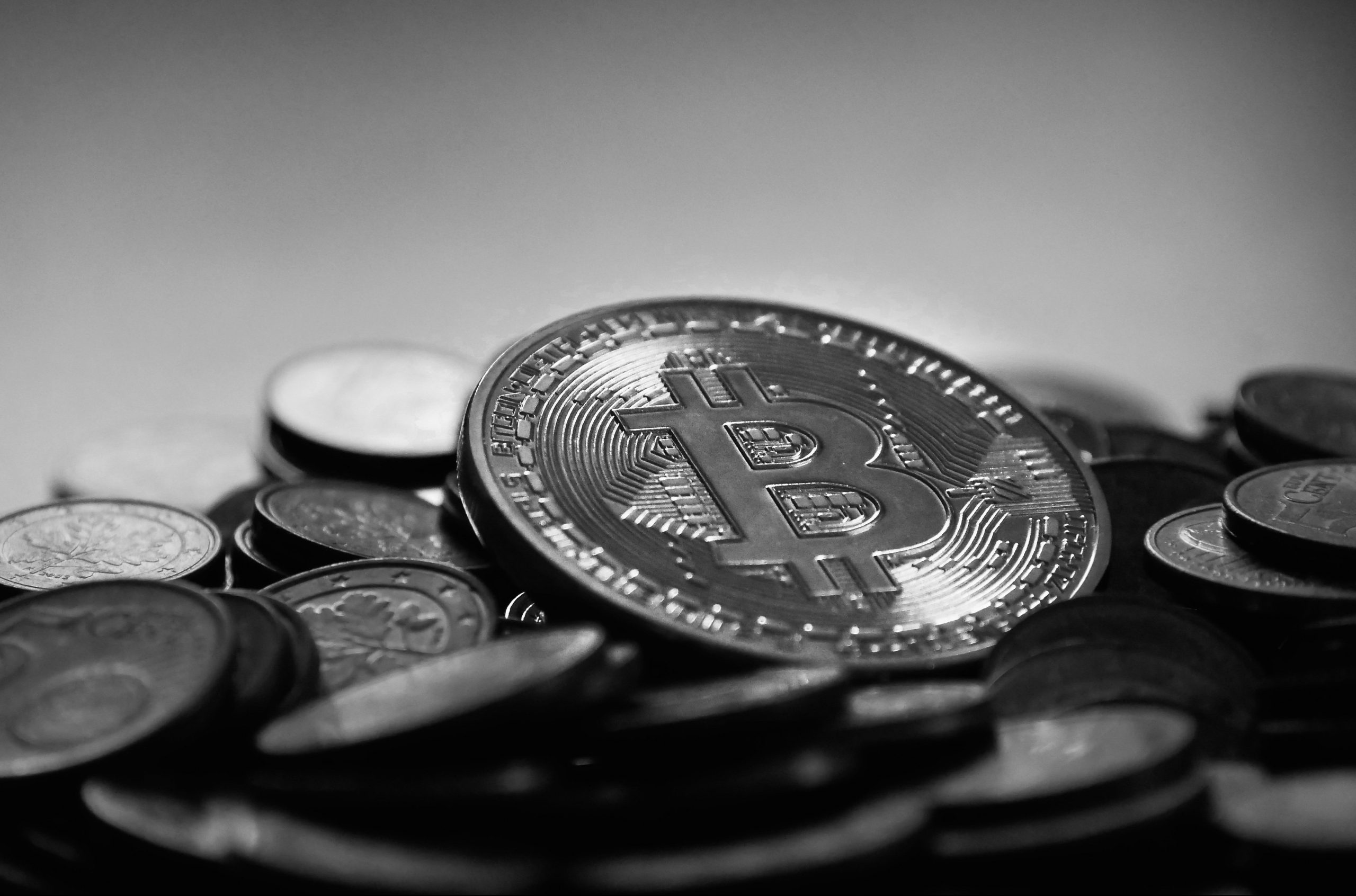ARTICLE ORIGINALLY PUBLISHED JANUARY 15TH 2018
I spent Christmas in Northern California this year and met up with friends whilst in San Francisco. Given that I was in the world’s tech hub, it didn’t take long for the conversation to turn to Bitcoin (amongst many other cryptocurrencies).
Now, I had read a lot of stories in 2017 about people making small fortunes through ‘cryptos’ but what caught my attention was when a good friend of mine explained to me that he had just personally made a 2,500% return in six weeks. That’s not bad. Given that he’s a smart chap who is good at breaking down complicated subjects, I asked him to explain things in straightforward terms so that I could get a better understanding.
The coins
Bitcoin itself is a digital currency and tends to get most of the headlines. It did about a 1,318% return over 2017. Ethereum is less widely covered and slightly different to Bitcoin, in that it can facilitate smart contracts, but it can also be used like a currency. It returned 9,162% in 2017. They’re up there as the leading two cryptocurrencies by market cap at about $340bn combined (Jan 2018).
These two coins are then often used to purchase altcoins which is where even more price volatility can be found. Altcoins are generally newer cryptocurrencies that are similar to Bitcoin in many ways, such as being peer-to-peer and involving a mining process, but they differ with improved modifications such as increased transaction speeds and additional privacy measures.
The numbers
Coming from real estate private equity, we’re pretty happy if we make a 100% return on a turn within a year. It’s difficult not to do a double-take though, when you look at the returns of some of these coins [insert your own favourite risk-adjusted adage here]. For example, the top performing crypto in 2017 was Ripple. Putting $10,000 into Ripple in January 2017 would have left you with $3,601,800 by the end of last year.
The graph below shows the historic return of Bitcoin.

Source: Coinbase
How the trades work in reality
Buying Bitcoin and Ethereum is not that difficult in practice. Apps such as Coinbase allow anyone with an email address and bank account to begin trading within a couple of days of registering. (However, this is definitely not an invitation to begin trading on these platforms without first seeking professional advice!)
It gets a little more complicated if you want to get hold of altcoins. Here, an account needs to be set up with an exchange like Binance. Several complicated verification steps later and you eventually get given a key to your wallet (lose the digital key and you’ve effectively locked yourself out of Fort Knox). Your Bitcoin or Ethereum, bought via Coinbase, then need to be exchanged for altcoins on a trading interface that is about as intuitive as advanced calculus.

Where’s it all going though?
It’s very difficult to say where pricing could go in the near to medium term. Several prominent economists and investors believe that crypto pricing is akin to tulip mania, while some die-hard Bitcoin supporters have vocalised price targets of $1m a coin (we’re at c.$15k today).
The thesis behind blockchain technology itself appears to be strong, but we’re still in the early stages of the practical application of the technology as we have yet to see mainstream adoption.
Crypto markets are also unregulated and appear to be subject to severe price fluctuations driven by the outspoken early investor base who control a large proportion of the coins.
Still, it would seem that a large weight of capital is continuing to enter on a purely speculative basis and investment banks are announcing their intent to begin facilitating institutional investments, so a further game of hot potato could well ensue.
Lovers of volatility appear to have found their short-term window to nirvana here, while value investors seem unlikely to bet the house.
Please note: all views expressed here are my own.







